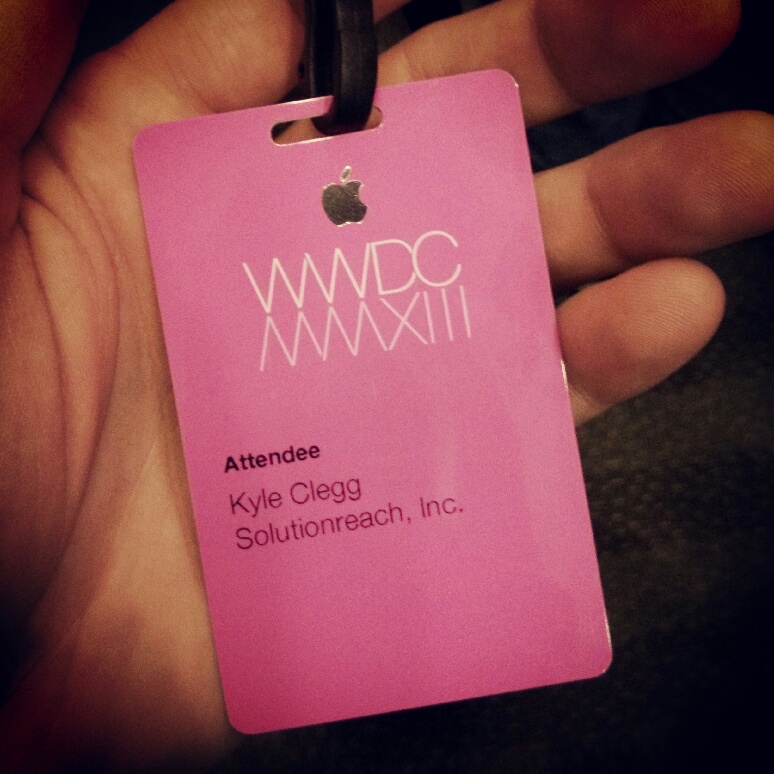Dell Venue Pro, running Windows Phone 7.5
Since I first began seeing concepts of Windows 8 I kept thinking, huh, maybe Microsoft is onto something here. Despite being both an Android and an iOS fanatic, I have been impressed with the Windows Phone OS since trying out Windows Phone 7.5 from Dec 2011 - March 2012 on an extra Dell Venue Pro my dad had available. The hardware was...a brick... to put it nicely, but the OS itself was excellent.
Over the last 18 months I've found myself continuously (and to my friends' amusement) defending Windows Phone as a viable mobile operating system, and, as an extension, defending Windows 8. I've gushed over the Lumia 920, HTC 8X, and now the Lumia 1020. I almost bought all three of these devices on numerous occasions (just ask Dru). While I maintain that Windows Phone is a great OS, I'm coming to terms with the idea that maybe Microsoft isn't doing it right and that they did in fact jump the gun on the idea of the convergence of the desktop and the mobile experience. Since MS's release of Windows 8 there's been talks of how revolutionary and visionary it is. Ahead of its time. Some referred to it as showing that Microsoft had not only caught up to Apple and Google, but far surpassed their ability to deliver innovative products that end users didn't even know they wanted until they tried it (take the iPad for example).
Well, after a year of saying to myself, yeah, maybe they did get it right, maybe Windows 8 isn't as radical as all the critics say, maybe we will all be using touchscreen desktop computers in a couple years, I'm now saying maybe not.
The truth is that the people don't want the same experience on a tablet as they have on their desktop or laptop. Sure, they like familiarity, but at the core a user's interaction with a tablet and user's interaction with a desktop computer is just different. And people are fine with that. The design of an application on the desktop environment is (and should be) vastly different than the tablet and the phone representations of that same application. Probably one of the best examples of this is the Day One app for iPhone, iPad, and Mac. Ask any active Day One user if they'd like to combine either the iPhone and iPad experience or the iPad and Mac and they'd look at you like you were crazy.
Day One for iPhone, iPad, and Mac
Further evidence that people just don't want to merge desktop computing and mobile computing... look at this Acer commercial comparing their 8" Windows tablet to the iPad mini. This is my opinion, and I bet some Windows 8 fans view this commercial as a win for Acer and Windows 8 Pro, but firstly, who wants to play Halo on a tablet (not that they even look like they're actually playing...)? Don't get me wrong, I love iPad games... Plants vs. Zombies vasebreaker endless mode... that'll keep me busy for HOURS. But I don't really care for the idea of getting a dumbed down PC gaming experience on my iPad. Maybe if the entire game was reimagined for iPad, and it really was just a distant relative of Halo, but the ability to run full-fledged PC games on a tablet just doesn't do much for me. Okay, next flaw in the video, of all the things you can do on a tablet, why show someone accepting changes to a Word doc? I mean, seriously, of all the things I've used a tablet for (thinking my Kindle Fire, Nexus 7, and iPad), I have never once wanted to accept changes to a reviewed Word doc. And if I did, I wouldn't want to be using the traditional Word app to do it (see all those tiny touchpoints?!).
UPDATE: I hadn't done my research on Halo Spartan Assault, and it looks like it very much is the Halo experience reimagined for touch. That's cool. What I was trying to get at is the idea of playing traditional PC games on a tablet running Windows 8 Pro.
What I'm getting at (and have probably repeated 20 times by now) is that I no longer believe that we are heading in the direction of an integrated desktop and mobile computing environment. Those who never got on the Windows 8 bandwagon are probably thinking, yeah, knew that all along. But for those who have seriously entertained the idea of everything converging into a single, universal experience, either the timing is wrong or the implementation is wrong. Either way, maybe Microsoft isn't doing it right after all.
















